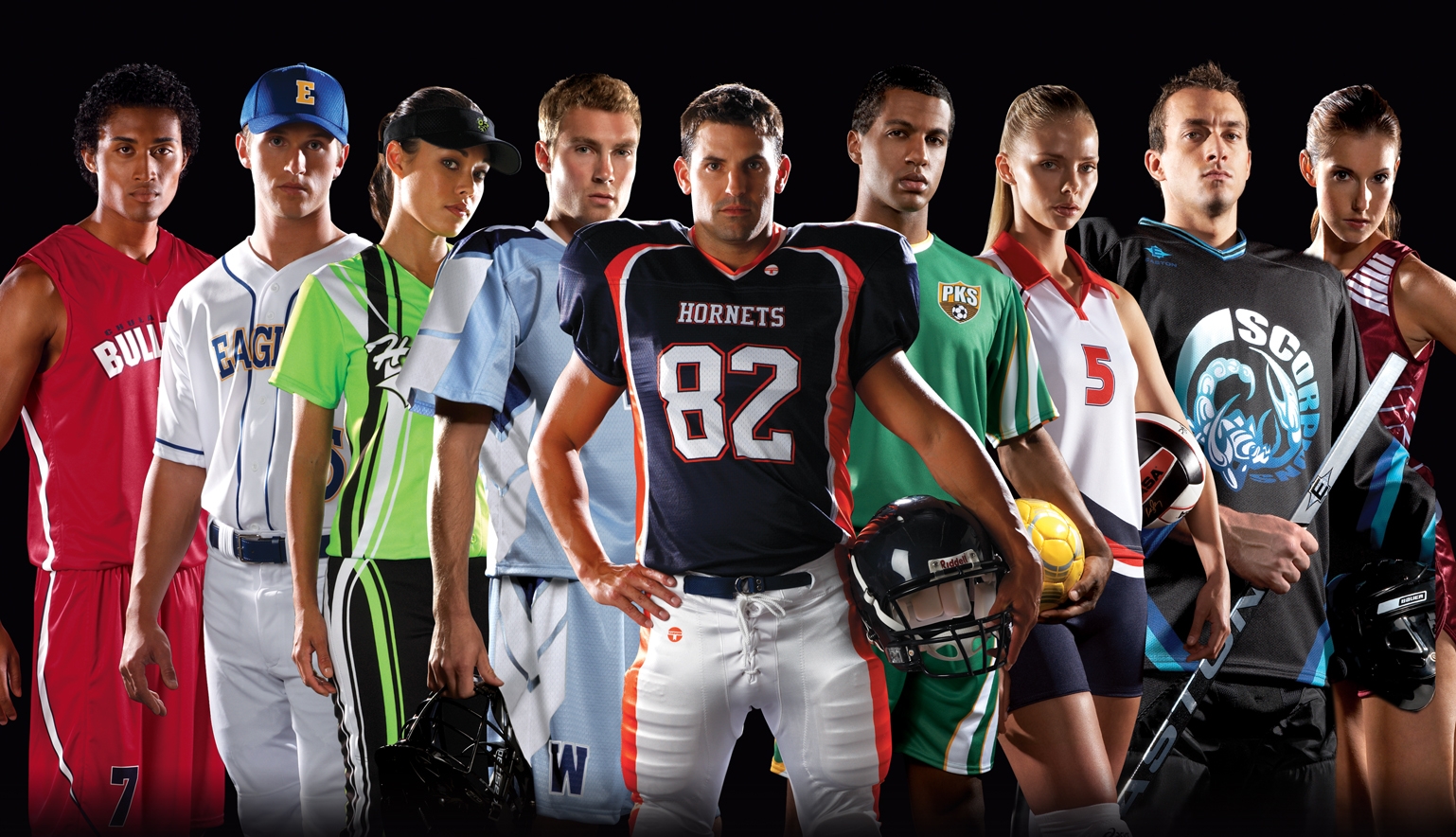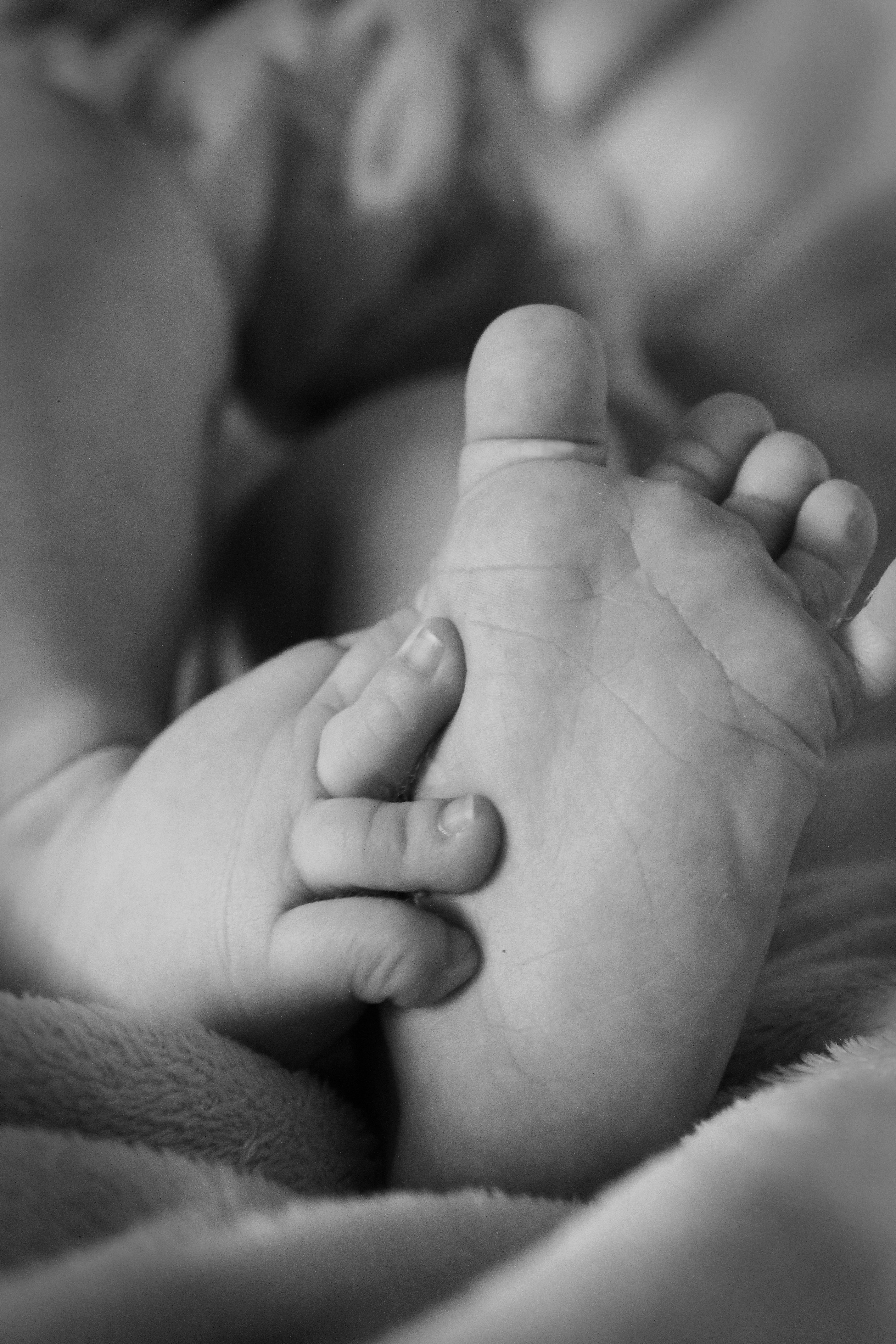NCAA Payday
According to revenue data, the NCAA made $871.6 million in 2012 (Revenue). Collegiate sports are one of the most popular subjects in today’s society, and also one of the most profitable. Not only do athletes entertain audiences with their athleticism, but they make money for the schools they represent. They give their fans a reason to cheer and make them feel like they are part of something bigger than themselves, and yet receive no monetization for their efforts. One of the most controversial parts of college sports is whether these athletes deserve to be paid for their service to their respective university. This concept is complex as it is difficult to construct a method of paying the athletes of all sports, both men’s and women’s, equally. The athletes should be paid based on the money they make for their schools, whatever that amount may be. Although it may take time to fully implement, college athletes who are in revenue generating sports deserve to be paid equivalent to their contribution.
The amount of money a university makes is almost always indicative of their athletic success. For example, the University of Southern California (USC) has one of the most well-known and successful football programs. The athletic department brought in 106.5 million dollars and 44.8 million came from the football program revenue alone (Klein 2). Society sees college sports as a great thing that allows young men and women the chance to live their dreams and get a college education. But if analyzed more closely, there lies a problem. As former collegiate and professional basketball player Kareem Abdul Jabbar said, “Our relationship with college athletes is much clearer. We adore and revere them. They represent the fantasy of our children achieving success and being popular. Watching them play with such enthusiasm and energy for nothing more than school pride is the distillation of hope for the future. But strip away the rose colored glasses and were left with the subtle but insidious form of child abuse” (Abdul-Jabbar 3). The essence of this argument is that on the surface college sports are entertaining, but if you look a little more closely there remains many issues that need to be fixed. There are changes that need to be made to combat the injustices that the athletes are facing. College athletes deserve to get paid because of all the money they to the university. Without the athletes the university would be devoid of a large revenue source that impacts their finances greatly.
Colligate athletes take a huge risk every time they take the field. Erik Legrand, former offensive tackle at Rutgers University, has a first-hand experience of the price these athletes can pay if one thing goes wrong. It was a Saturday in October and Erik is about to make a tackle on the 25-yard line when the front of his helmet comes into contact with the shoulder blade of Army’s Malcolm Brown. His whole body turns stiff as he remains frozen while both teams’ medical staff treats him. He is airlifted to a nearby hospital where he is later pronounced paralyzed from the neck down. The risks every collegiate athlete take, especially in contact sports, is hard to imagine. These types of injuries affect not only athletic careers, but also the rest of a person’s life. Although the NCAA does have services for long term injuries it is not nearly enough for the rest of his life. Collegiate athletes do deserve to get compensated for the risk they take day in and day out. Whether that is a couple thousand dollars a semester to go to insurance or to benefit their health just by the food they eat. Not all collegiate athletes’ lives are going to be changed like Erik Legrand, but all athletes deserve the right to be treated fairly and not subject to this abuse of young men and women disguised as a form of entertainment.
Collegiate athletes devote at least 3 years of their lives to the university they attend. Not only are they students but they should be considered employees of the school. One way to show that these athletes are employees is explained by this excerpt, “The typical Division I college football player devotes 43.3 hours per week to his sport — 3.3 more hours than the typical American work week” (Edelman pr.3). When we think about collegiate athletes we think about the best players who are on the team. What should be discussed is the topic of student athletes getting paid who are not on full scholarship. These athletes in sports like water polo, tennis, golf, and even baseball play their sport an average of 44.3 hours a week and still have to go to school. There is no time for them to get a job to pay for many of the other expenses that the school is not covering. Imagine you are working two jobs a week and you are not getting paid for one of them. The general consensus would be that one of the job isn’t worth it. But you have to do both of the jobs, school and sport, in order to stay enrolled in the university because often times the scholarship is the only thing allowing you to attend the institution. These athletes are playing the sport because they love what they do but the university is using them as a marketing strategy. The least the university can do for student athletes is pay them for what they bring to the table. It is proven that when the school’s sports team have success the level of students coming into the college increase (Edelman 18). These colligate athletes sacrifice so much and are given so little in return.
One of the most recent cases on the issue of Colligate basketball and football players getting paid is the Ed O’Bannon case. The former UCLA standout basketball player is not making the news for what he’s doing on the court, but instead what he is doing in the court room. At the heart of the Ed O’Bannon case is the idea that players should get paid for use of their image in video games, but that is not limiting factor. There is other merchandise, like jerseys and other clothing, that the athletes should be getting paid for. NCAA football and basketball games were one of the biggest video games in the market. Many NCAA enthusiasts collect every single NCAA video game. From personal experience, I can remember waiting in line to purchase the next version every mid-July. The game was discontinued because the players featured in the video game were unable to be compensated because of their amateur status. Not only are the current athletes not getting paid, they are no longer being featured on a game they grew up playing. They worked hard to be put in their favorite video game, and it was taken away from them without even receiving the compensation for which the game was discontinued for. From an NCAA video game enthusiast not only did I learn the rules of the game but I discovered many colleges that I would apply to in the future. In the Ninth circuit court panel, “Judge Sidney Thomas, Jay Bybee and Gordon Quist determined that cost of attendance was the proper compensation for college athletes” (Solomon 13). In essence this means that the court decided that the stipend that these athletes receive for being a student-athlete is equivalent to the stipend they would receive from the video games. Although this is a setback for collegiate athletic compensation, there was a positive result from the case. Collegiate athletes can now be offered multi-year scholarships, not just a full four-year scholarship that isn’t available for a lot of sports. Ed O’Bannon has a long road ahead of him in the fight for Colligate Athletes but he is making the news and getting word out about this injustice.
In Colligate sports athletes are used and exploited every day for their talent that they give their University’s. Many people believe that the scholarship these players receive is enough in return for their athletic ability but it is not. They make millions of dollars for their schools and are not compensated a penny for that. They also risk their lives and careers day in and day out. There are many people out there that are trying to get the best for these Athletes like Ed O’Bannon but we all have a long road ahead of us. Let’s all take a stand for this injustice and start paying these colligate athletes.
References
“Revenue”. NCAA.org – The Official Site of the NCAA. N. p., 2013. Web. 4 Oct. 2016.
“Rutgers ‘Eric Legrand paralyzed”. Espn.com. N.P., 2010.Web. 4 oct.2016
“21 Reasons why student athletes are employees”. Forbes.com. N.P., 2014.Web. 4 oct.2016
“Supreme Court reject NCAA appeal of Ed O’Bannon case”. LA times.com. Los Angeles times., 2010. Web 4 oct.2016.




